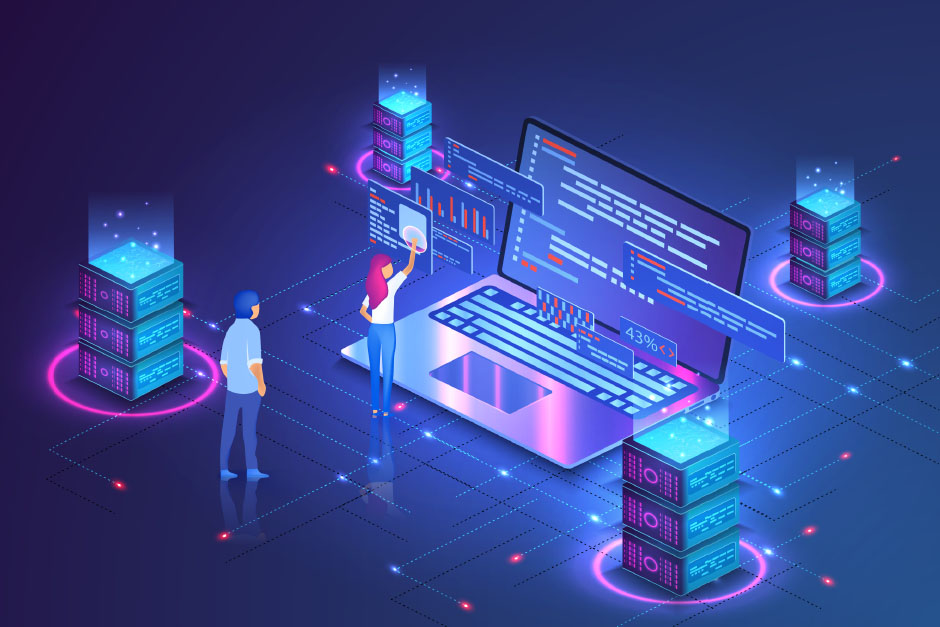An effective employee onboarding process is one of the most important factors when it comes to retention. Not only is it an employees first impression of working within an organisation, but it lays the foundation for their entire experience of a company.
A well-designed onboarding programme can help new hires get up to speed quickly and effectively, and it can also help them feel welcome and connected to the organisation.
The shift to hybrid and remote working has changed the onboarding experience for both employers and employees and there has been a big shift to maximising the benefits of technology to streamline many processes.
Technology can play a major role in improving the employee onboarding experience whilst satisfying compliance, training and strategy requirements.
Here are a few ways that technology can enhance employee onboarding programmes:
- Automating administration
Technology can automate many of the manual tasks associated with onboarding, such as collecting paperwork, scheduling training sessions, and sending out welcome emails. This can free up HR professionals to focus on more strategic tasks whilst ensuring that all new hires are processed in a timely and efficient manner.
- Flexibility
Starting a new job can be overwhelming, with so much information to take in however, technology can help to make onboarding resources more accessible by providing new hires with 24/7 access to training materials, company policies, and other helpful information. This can help them to get up to speed quickly and independently.
3. Personalisation
Technology can be used to personalise the onboarding experience for each new hire. This can be done by providing them with content that is relevant to their role which is based on their experience rather delivering a one-size fits all approach. This can also help make the onboarding process more inclusive, allowing people to learn in a way that suits them and giving them the opportunity to interact with their peers and managers in a meaningful way.
4. Tracking progress
Monitoring a new hires progress through the onboarding cycle can be made simpler by utilising technology as it can automatically flag any issues as well as identify areas where they may need additional support. This information can also be used to improve the onboarding programme over time and to ensure that all new hires are getting the most out of their experience.
By using technology effectively, employers can create a more efficient, effective, and personalised onboarding experience for their new hires. This can help to improve employee retention, productivity, and satisfaction.
Here are some additional tips for using technology to improve the employee onboarding experience:
- Choose a technology solution that is easy to use and navigate.
- Make sure the technology solution is integrated with other HR systems.
- Get buy-in from all stakeholders, including HR, managers, and new hires.
- Use the technology solution to collect feedback from new hires and make improvements to the onboarding programme over time.
In a rapidly evolving work landscape, employers must adapt their processes to meet the changing needs and expectations of new employees.
Leveraging technology to enhance the employee onboarding experience can lead to increased retention rates, improved job satisfaction, and a more productive workforce. By incorporating virtual onboarding platforms, e-learning modules, gamification, automation and effective communication tools, employers can transform onboarding into a dynamic and meaningful process that sets the stage for long-term success.
Visit our website for more discussion on the latest HR topics.

